The 1950s were a transformative era for the American automotive industry, marked by bold designs and innovative features. Among the most iconic developments of the decade were the flamboyant tailfins that adorned many cars, symbolizing a fierce competition between Detroit’s leading automakers. The origins, evolution, and impact of the tailfin wars captured the imagination of a nation and defined an era in automotive design.
The Birth of the Tailfin Phenomenon
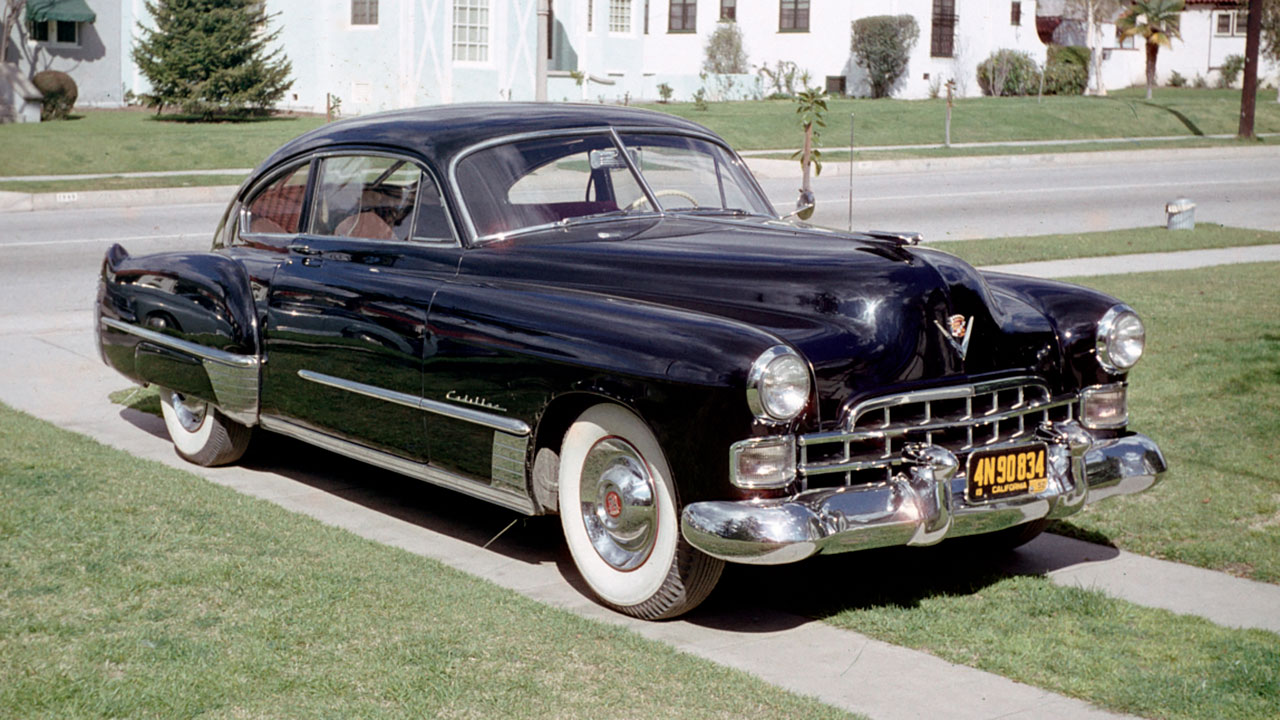
The post-war period saw a surge in technological advancements, with aviation leading the charge. The sleek, aerodynamic designs of fighter jets and bombers from World War II inspired a new generation of automotive designers. Car manufacturers began to incorporate elements from aviation into their models, with tailfins being one of the most notable features. These additions were intended not only to mirror the era’s fascination with flight but also to suggest speed and modernity in an era captivated by technological progress.
One of the most influential figures in this movement was Harley Earl, General Motors’ visionary design chief. Earl’s ambition to integrate aviation aesthetics into automobiles materialized with the 1948 Cadillac, which featured modest tailfins inspired by the Lockheed P-38 Lightning aircraft. Initially, the public was unsure of these bold new additions, but the novelty quickly won over consumers. The success of the 1948 Cadillac emboldened other automakers to experiment with tailfins, setting the stage for what would become a hallmark of the 1950s automotive landscape.
The Height of the Tailfin Craze
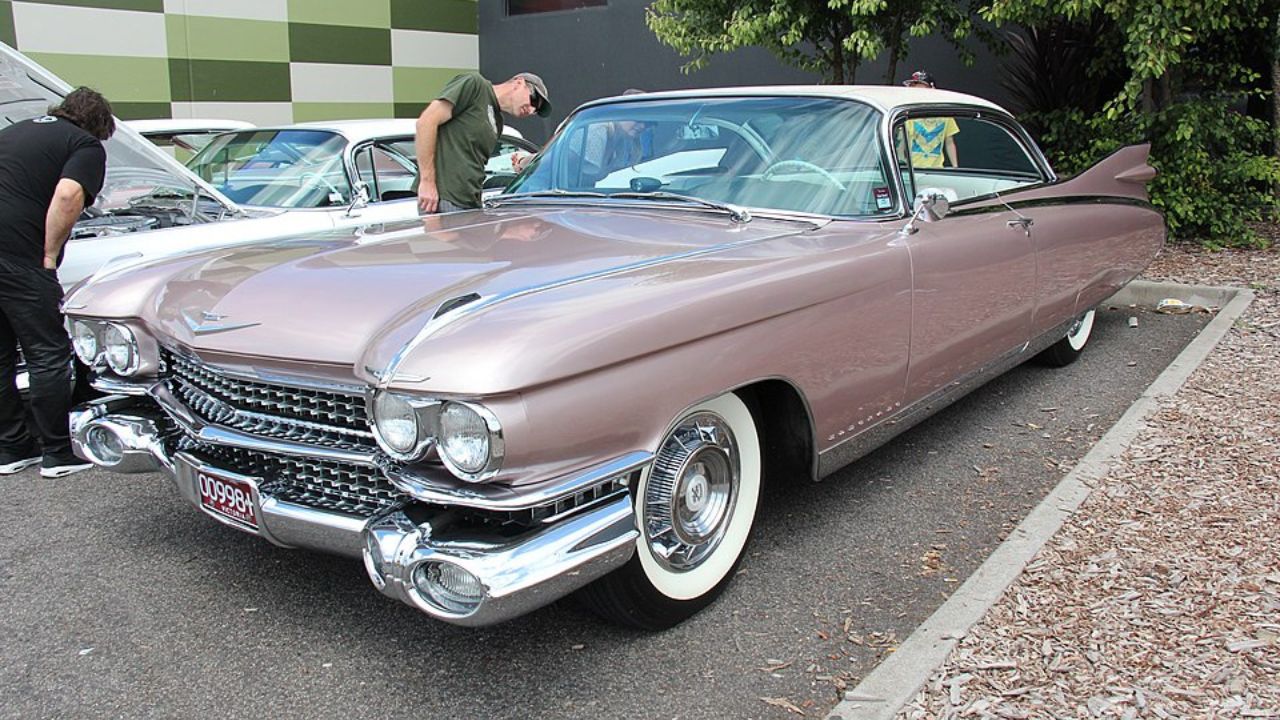
As the 1950s progressed, the competition among automakers intensified, leading to a dramatic increase in the size and complexity of tailfin designs. The mid-to-late 1950s saw tailfins reach their zenith, with car companies striving to outdo each other in a race that was as much about aesthetics as it was about automotive dominance. The 1959 Cadillac Eldorado became an icon of this era, boasting the largest and most extravagant tailfins ever seen, replete with dual bullet-like taillights that seemed to personify the space age excitement of the time.
The appeal of tailfins extended beyond mere design; they became potent symbols of status and modernity. Automakers seized this opportunity to enhance their marketing strategies, leveraging tailfin designs to create distinct brand identities. Advertisements from this era frequently highlighted these features, portraying them as essential components of the modern, futuristic lifestyle that consumers desired. This marketing strategy was incredibly effective, as tailfins became synonymous with cutting-edge technology and American prosperity.
Technological and Cultural Impact

Despite their aesthetic appeal, tailfins also posed significant engineering challenges. The larger and more elaborate the fins, the more complex the manufacturing process became. These designs often led to increased production costs and posed safety concerns, as the sharp angles and protrusions could be hazardous in collisions. Engineers had to balance the desire for dramatic styling with the need for practicality and safety, a challenge that pushed the boundaries of automotive engineering at the time.
Beyond their technical implications, tailfins also became cultural icons, emblematic of 1950s American life. They appeared in films, artworks, and various forms of media, symbolizing the optimism and forward-looking spirit of the era. The tailfin became a visual shorthand for the American Dream, representing both the triumphs and excesses of post-war America. Internationally, the tailfin trend influenced car designs worldwide, with global manufacturers seeking to emulate the distinctive American style that had captured the world’s attention.
The Decline of the Tailfin Era
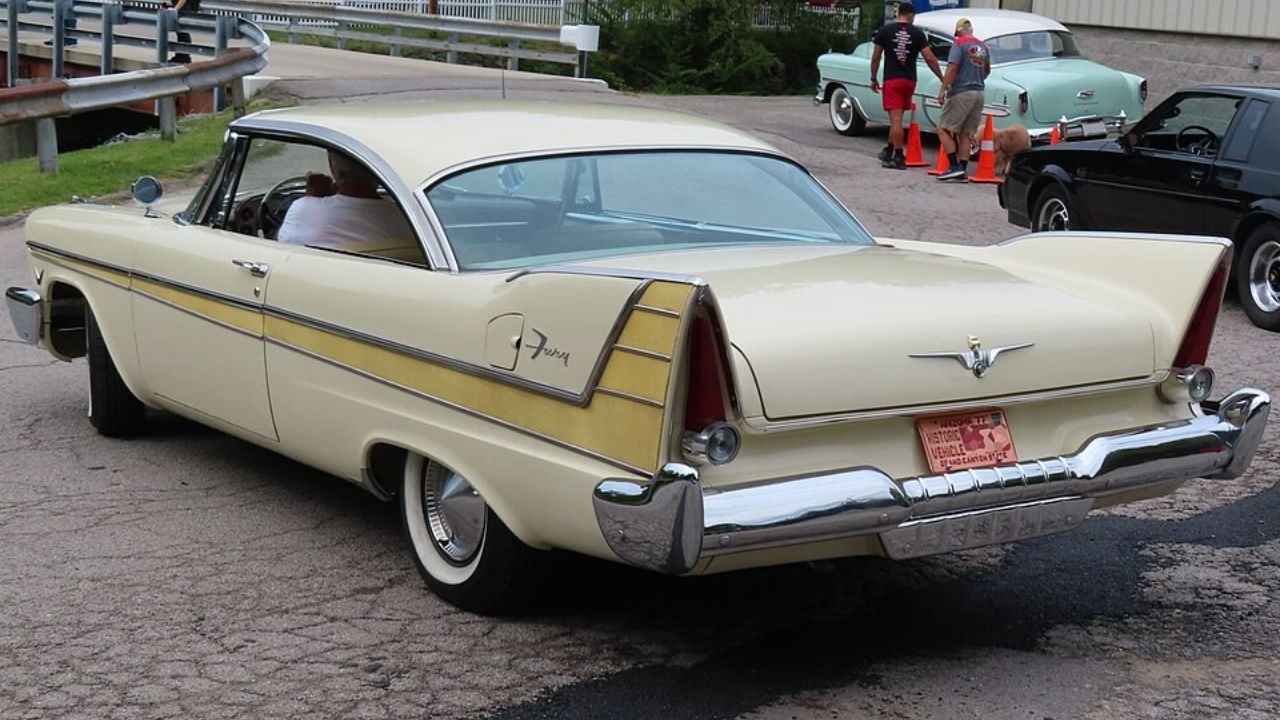
As the 1960s dawned, consumer tastes began to shift. The exuberance and flamboyance of the 1950s gave way to a preference for more conservative and practical designs. The tailfin, once a symbol of modernity, began to appear outdated and excessive. This shift was partly driven by economic factors, as the increasing cost of fuel and a growing emphasis on efficiency prompted automakers to focus on more streamlined, functional vehicles.
The economic pressures of the early 1960s further contributed to the decline of the tailfin. As fuel efficiency became a priority, the excessive weight and wind resistance of large tailfins were no longer viable. Automakers gradually phased out these designs, but the fascination with tailfins endured. Today, they remain a cherished part of automotive history, appealing to collectors and enthusiasts who celebrate their unique place in the evolution of car design.
Lasting Influence on Automotive Design
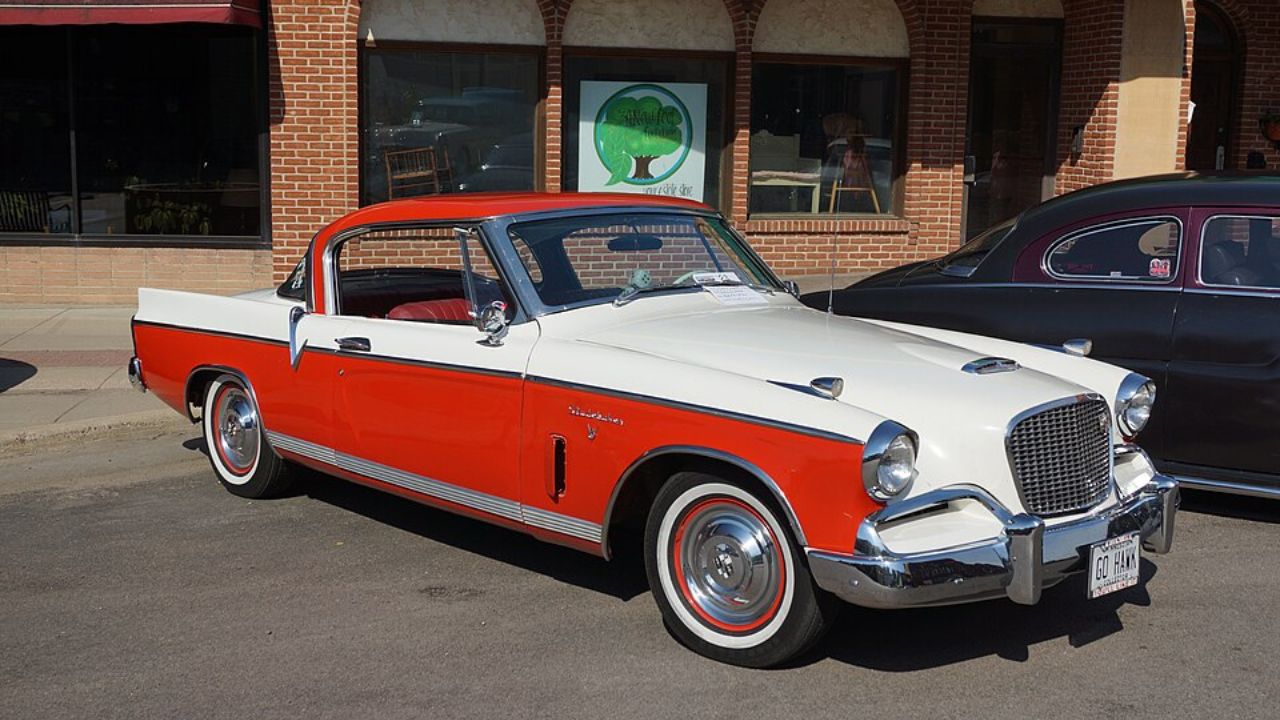
Even though the tailfin era officially ended, its influence persists in modern car design. Some contemporary models pay homage to the tailfin legacy, incorporating subtle nods to the past while embracing today’s technological advancements. This blend of nostalgia and innovation illustrates the enduring impact of the tailfin wars on the automotive industry and highlights the importance of balancing tradition with modernity.
The tailfin wars offer valuable lessons in innovation and competition. They illustrate how fierce rivalry can drive creativity, leading to groundbreaking designs that capture the public’s imagination. These lessons continue to resonate today, as automakers seek to engage consumers with designs that are both functional and visually striking. Reflecting on the tailfin era, it’s clear that these iconic design features played a pivotal role in shaping the aesthetic and cultural landscape of the automotive industry, leaving a legacy that endures in both memory and practice.
Like Fast Lane Only’s content? Be sure to follow us.
Here’s more from us:
*Created with AI assistance and editor review.

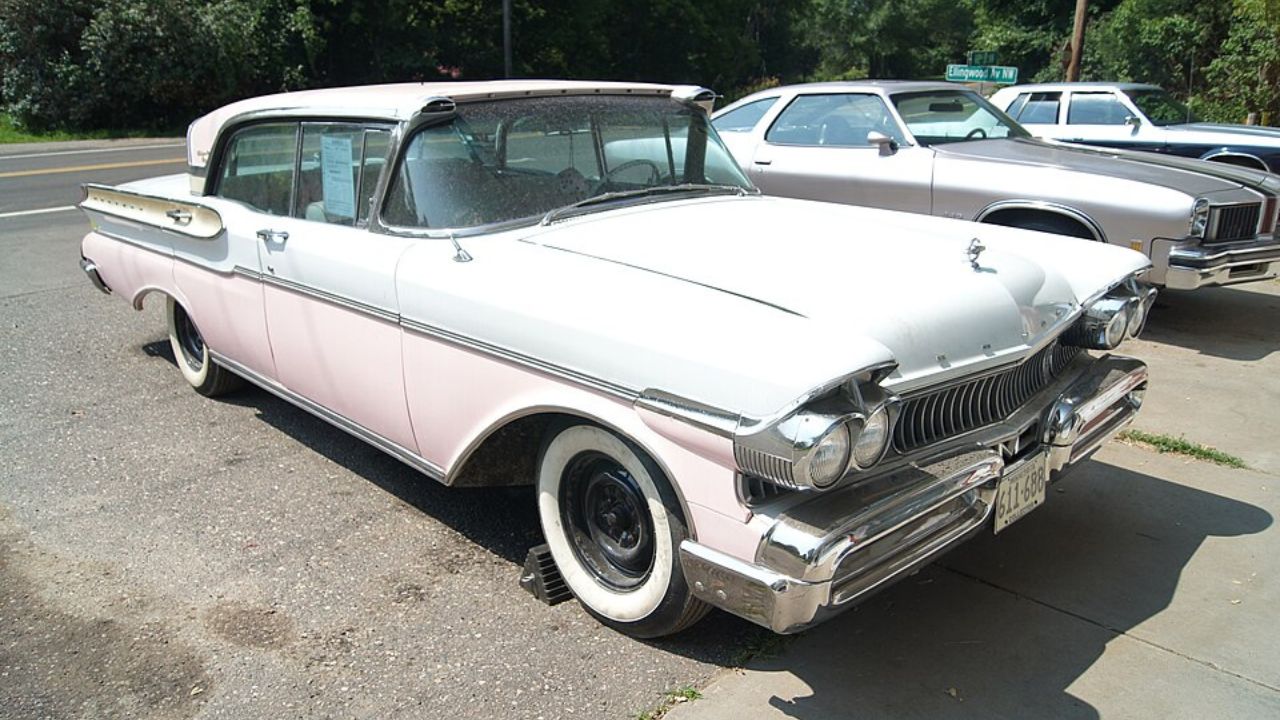

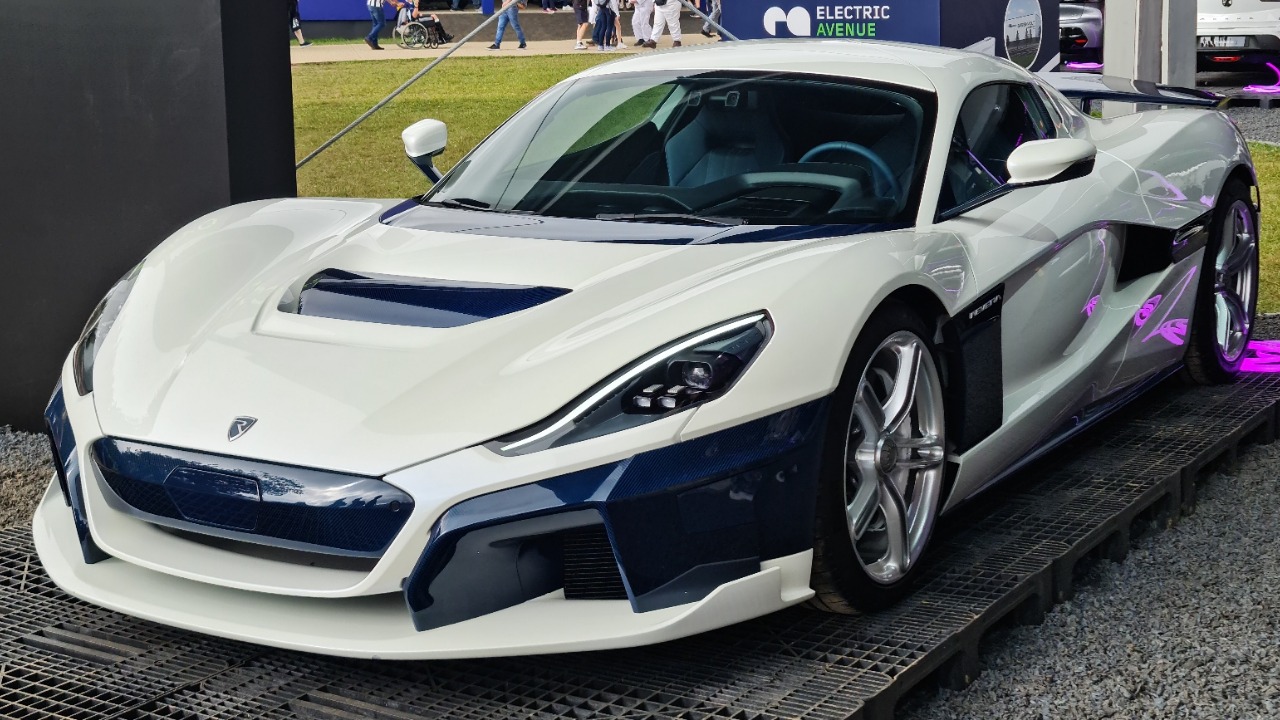
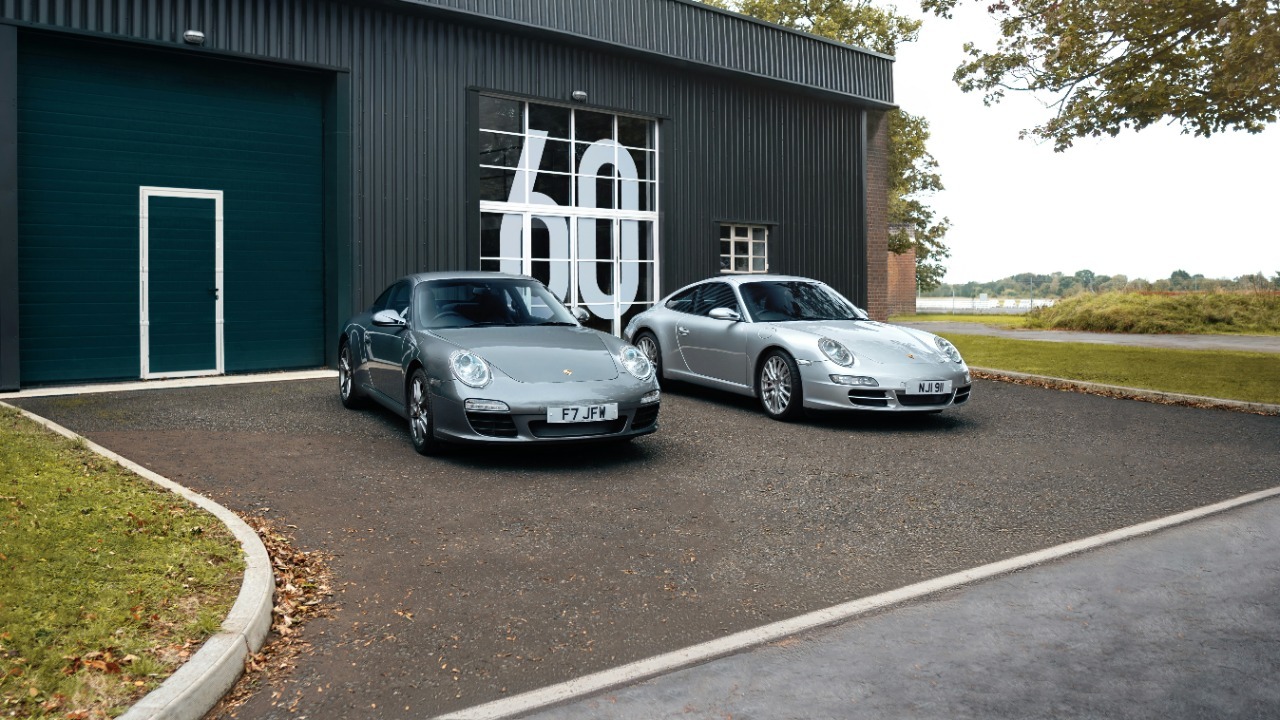


Leave a Reply